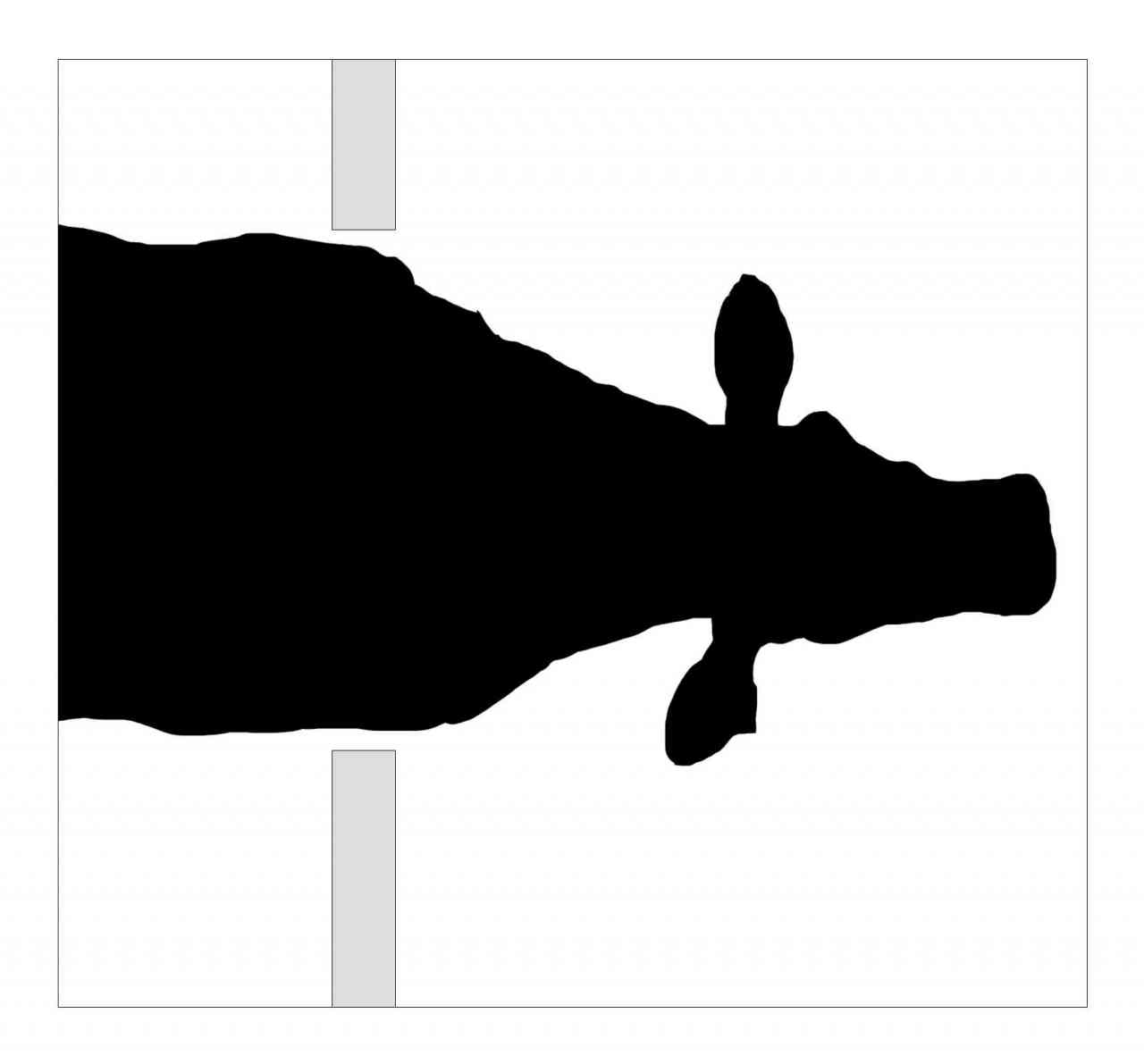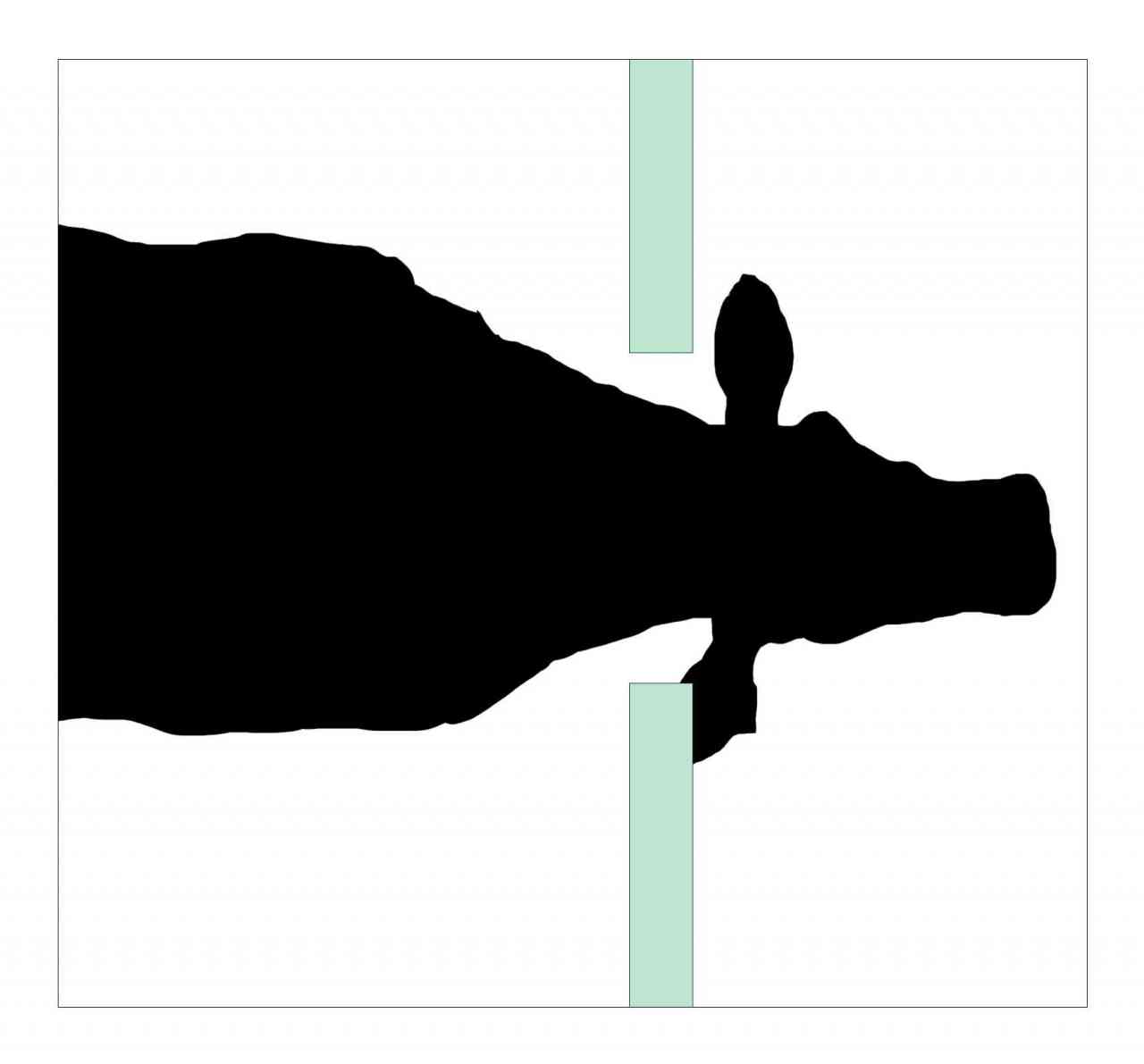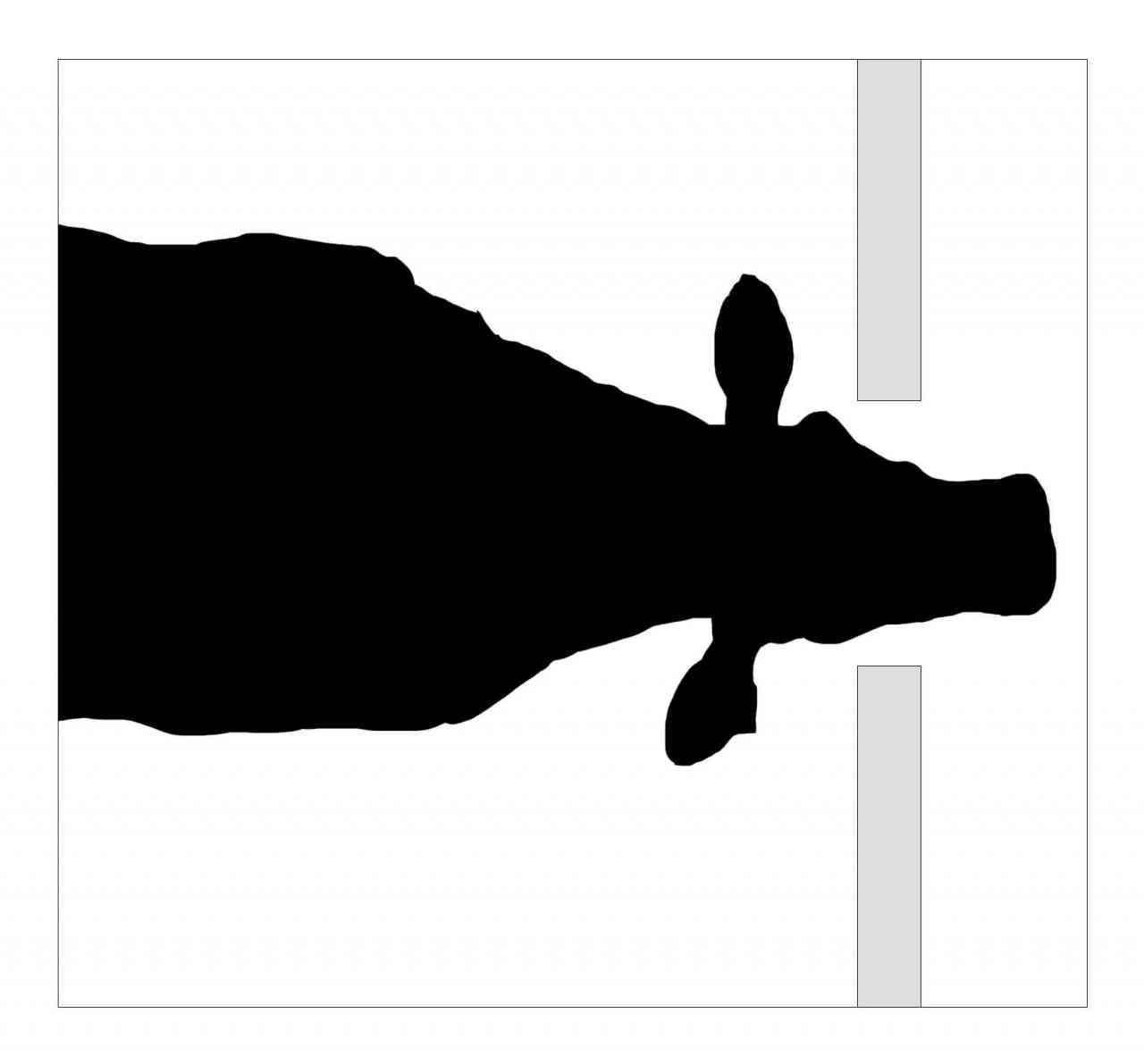Proper Yoke Gate Catch Location

Best Practices for Securing Your Cattle
Yoke Gate Catch Location 1: Shoulders
Catching a cow too far back on the neck and/or shoulders greatly increases the likelihood of hip locking the animal. If you catch an animal in this location and the cow does not naturally back up into the crush, it is best to release the animal and put them through the system again.
Do not attempt to coax or force the animal backwards as this increases the likelihood of the handler getting injured. In the event of hip lock, refer to Emergency Release instructions in your product operation manual.
Yoke Gate Catch Location 2: Thickest Part of the Neck
This is the location where most catches are made, however the cow is often not properly secured in the yoke gate when in this position. If you catch an animal in this location, the cow will naturally retreat back into the crush and may pull out of the yoke gate.
To secure the animal properly, you must keep pressure on the yoke gate handle while the cow backs up into the crush. When the cow is far enough back, you can then secure the yoke gate in the proper location.
Yoke Gate Catch Location 3: Behind the Ears
This is the sweet spot! When you catch an animal properly just behind the ears and close the yoke gate tightly around the neck, they are securely placed in the yoke gate and cannot escape until they are released.
Always ensure that the animal is caught at this location before you continue to the next step and administer any treatment or complete work on the animal.
Yoke Gate Catch Location 4: Face/Nose
A cow caught in this position is not secured for treatment. You will need to release the animal, and it is likely that the animal will exhibit resistance to re-enter the yoke gate after they have retreated into the crush. If you catch an animal in this location, you may need to coerce the cow back towards the yoke gate patiently, and will then have to re-catch them in the proper location.





